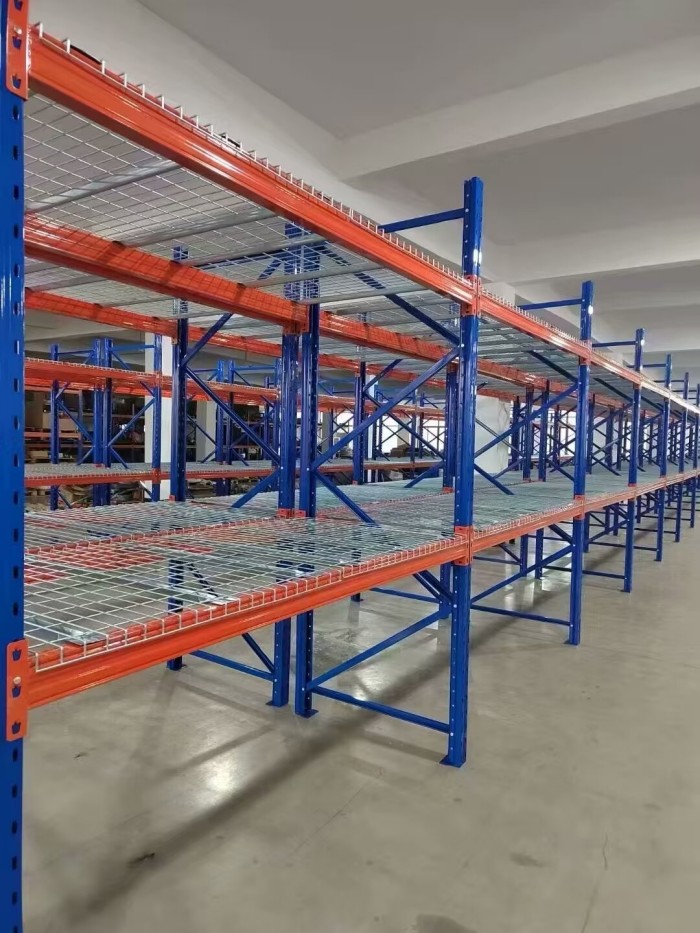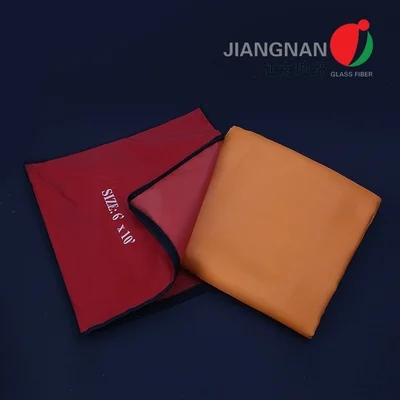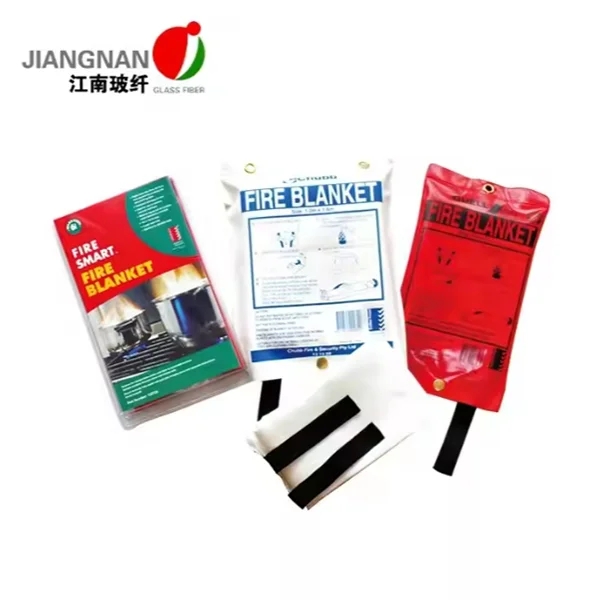Beyond the Price Tag: Unveiling the True Value of PVC and Plywood
When it comes to construction and interior design projects, choosing the right materials is crucial for both cost-effectiveness and durability. In this blog post, we will delve into the comparison between PVC and plywood, two commonly used materials, to determine which one offers a more affordable solution. By examining various factors such as cost, longevity, and versatility, we aim to provide you with a comprehensive understanding of the cost efficiency of PVC and plywood.
- Cost Comparison:
PVC: Polyvinyl chloride (PVC) is a synthetic plastic material known for its affordability. PVC sheets are available in various thicknesses and sizes, making them suitable for a wide range of applications. The cost of PVC sheets is generally lower than that of plywood, making it an attractive option for budget-conscious projects.
Plywood: Plywood, on the other hand, is made from layers of wood veneers glued together. It is known for its strength and durability, but it often comes at a higher price compared to PVC. The cost of plywood can vary depending on factors such as wood species, thickness, and grade.
- Longevity and Durability:
PVC: PVC is resistant to moisture, chemicals, and rot, making it an excellent choice for applications where exposure to these elements is a concern. It does not require regular maintenance and can withstand harsh environmental conditions, ensuring its longevity. However, PVC may not be as structurally strong as plywood, and excessive weight or pressure can cause it to deform.
Plywood: Plywood is renowned for its strength and durability. It can withstand heavy loads and is less likely to deform under pressure compared to PVC. However, plywood is susceptible to moisture damage and requires proper sealing or treatment to prevent warping or rotting. Regular maintenance is necessary to ensure its longevity.
- Versatility:
PVC: PVC sheets are highly versatile and can be used in various applications such as wall cladding, roofing, flooring, and furniture. They can be easily cut, shaped, and molded to fit specific requirements. PVC is available in a wide range of colors and finishes, allowing for creative and customized designs.
Plywood: Plywood is also versatile and widely used in construction, furniture, and interior design projects. It can be used for structural purposes, as well as for decorative finishes. Plywood comes in different grades and thicknesses, offering flexibility in choosing the right type for specific applications.
Conclusion:
In conclusion, the cost efficiency of PVC or plywood depends on the specific requirements of your project. PVC is generally cheaper than plywood, making it a cost-effective option for budget-conscious projects. However, plywood offers superior strength and durability, making it a preferred choice for applications that require structural integrity. Consider factors such as longevity, durability, and versatility when making a decision between PVC and plywood for your project.


